In the catering industry, efficiency and precision are crucial. Commercial induction fryers are gradually becoming…
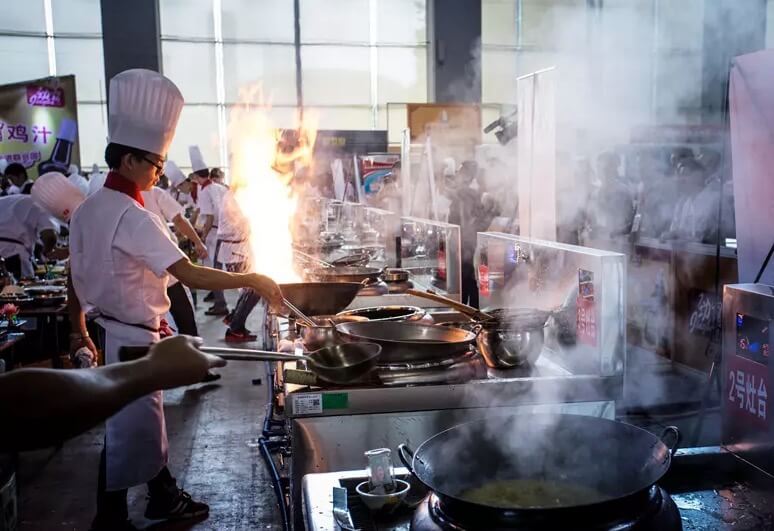
Commercial Induction Wok Cooker VS. Gas Stove
What are the most important factors to examine when businesses need to buy commercial cookers? Irrespective of whether you’re in an international company or an independently owned start-up if a commercial cooker is what you would like in your business, they will consume large energy on a daily basis. At the end of the day, aggregated consumption is going to be more impactful.
So, Lestov introduces special research on this subject with customers in the Bank of China. Here, we juxtapose two of the main selection for commercial cookers: commercial induction wok cookers and commercial gas stove burners. A transparent conclusion is going to be made after our findings.
Site testing
In order to test the energy consumption of the commercial cookers, the Brand of China used both commercial stoves for 2 hours individually daily, and last for a month. In this case, we employed three units for both models so as to support the daily usage within the catering kitchen.
Commercial induction wok cooker makes use of electricity as the basic source of energy while gas stovetop utilizes liquefied gas, which calculated energy usage to become distinctive. Thus, we allocated a financial number (China Yuan RMB) to allow comparison. Furthermore to exactly control consumption, the dishes the cook provided on both types of stoves were the same.
Based on our records, every gas stove consumed 3.2 kilograms of liquefied gas every hour, while every kilogram of gas cost 6.4 RMB. In general, the entire energy usage on the stove reached 3686.4 RMB. In addition, when using the gas burners, an air blower should be contained in the system so as to function correctly, a complete of 66.6 RMB was utilized on the air blower. Hence, the entire cost was 3753 RMB when the Bank of China used a gas stove for a month.
On the opposite hand, three Lestov 12KW single commercial induction wok burners with stove pots were used during this study. The value of electricity was 0.85 RMB/(KW/h), and the air blower wasn’t essential during this situation. Thus, the entire cost when using the commercial induction wok burner was 1836 RMB, which is 51% lesser than the normal gas cooktop.
관련 읽기: Why Choose Induction Hob Instead Of Commercial Gas Stoves?
More components that edge to differences
Additionally, juxtaposing the costs of energy usage, we also examined some other components that would affect the total efficiency of the cooker that alters the daily performance in the kitchen.
Heat Rate
To check out the heart rate, we made use of 4 liters of water and entered the time it took to be boiled. Firstly, the gas range took 4.42 minutes on average before the water hit 100 degrees, while the induction wok burner used 3.05 minutes before hitting the same degree. This contrast shows that the induction hob cooker is more beneficial in increasing heat much faster.
Temperature
In addition, the temperature of the room when making use of the induction stovetop was also registered. Since temperature will automatically alter the performance of the cook, we consider it as one of the most important additional elements to generate an effective kitchen environment.
All the info was recorded in December. We acknowledged that the room temperature was 26.6 degrees Celcius when the induction range cooker was in use, while the temperature is often raised to over 43 degrees.
In this case, more airing is important to chill down the indoor room vicinity. The business will provoke an additional cost of 50000 RMB for these aims, which isn’t cost-effective in running a smaller compact kitchen.
Level of the noise
Noise doesn’t only affect the cook but also the environment of the kitchen if it’s operated within the central streets. The limitation of our test site, as within the central downtown in Dalian, wasn’t to surpass 60 decibels during the day and 50 decibels in the dark.
The result showed that with a gas hob, the level of noise could exceed limitations and reach 86 decibels. Such a difference can affect the daily running of the business when the law-enforcing department requires the firm to scale back the noise. A further payment of 18,000 RMB for sound insulation may be a sub-optimal solution.
On the opposite side, the Lestov induction wok cooktop maintained a noise level of around 46 decibels, which was ideal for both day and night operation in our test site. It saves the value to rebuild the kitchen to be more soundproof.
결론
The case study of juxtaposing local gas stove to induction wok cooker shows the latter has great benefits in essential factors in a kitchen. In energy consumption, heating rate, room temperature, and noise level, it all performs much better than the gas stove. From the standpoint of being sustainable and being cost-effective for businesses’ kitchens, an induction wok cooker is the best.
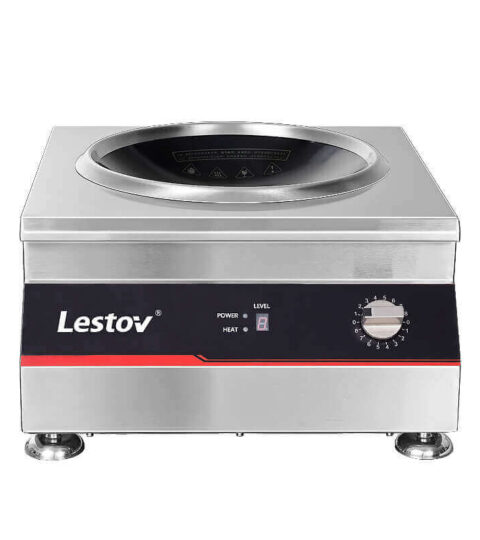
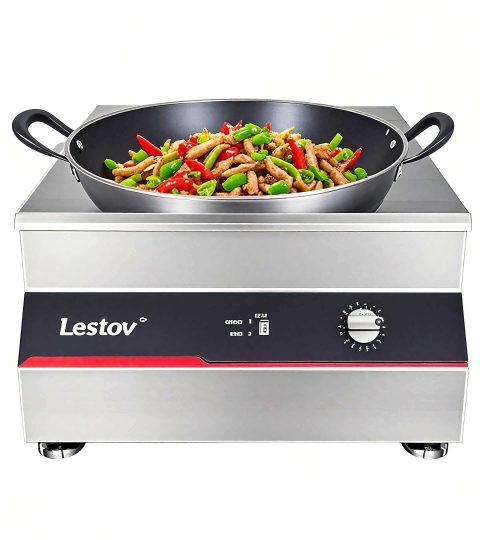
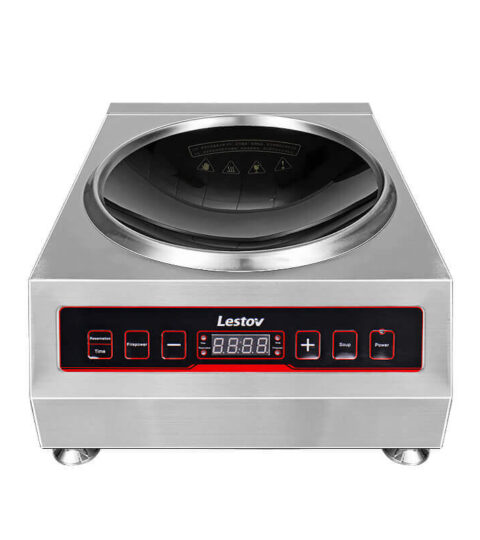
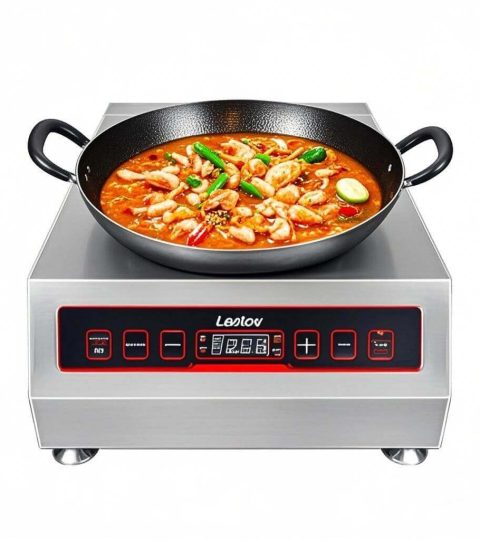
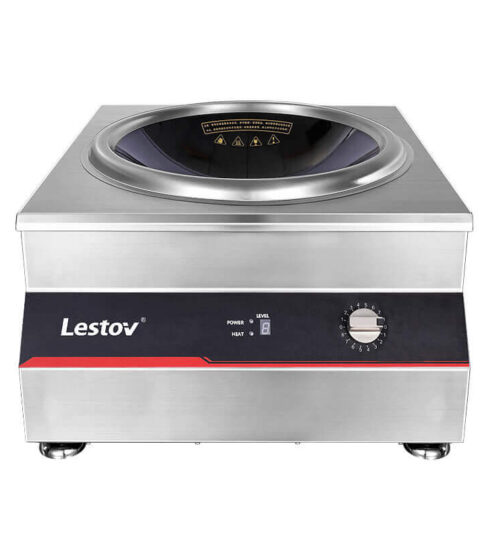
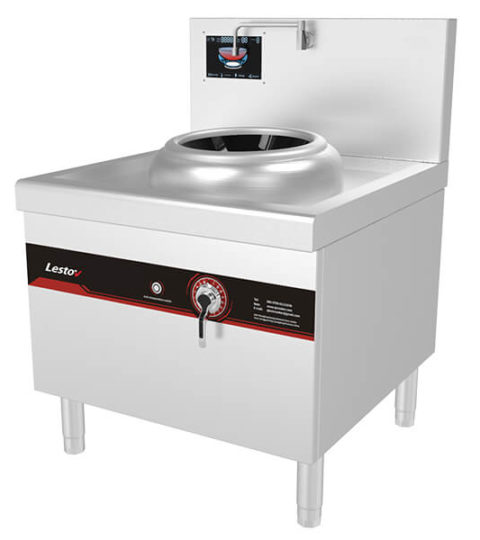
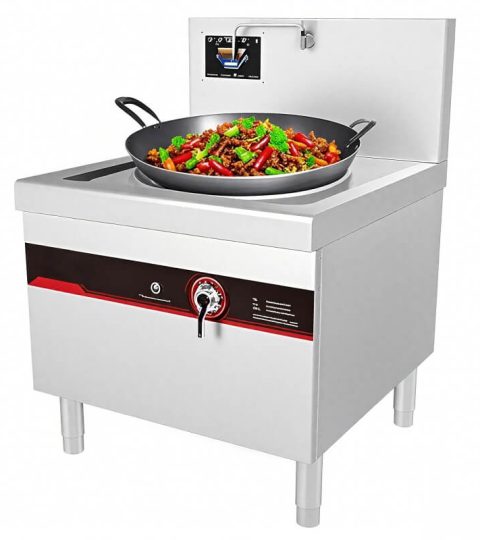
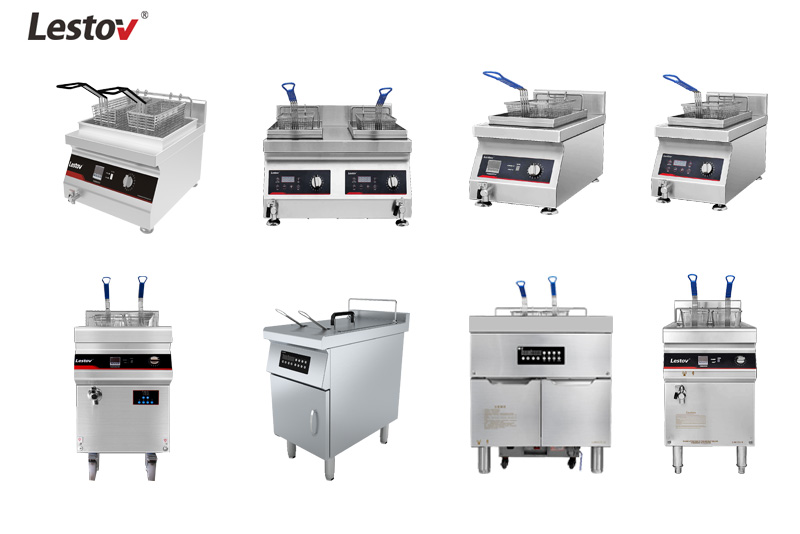

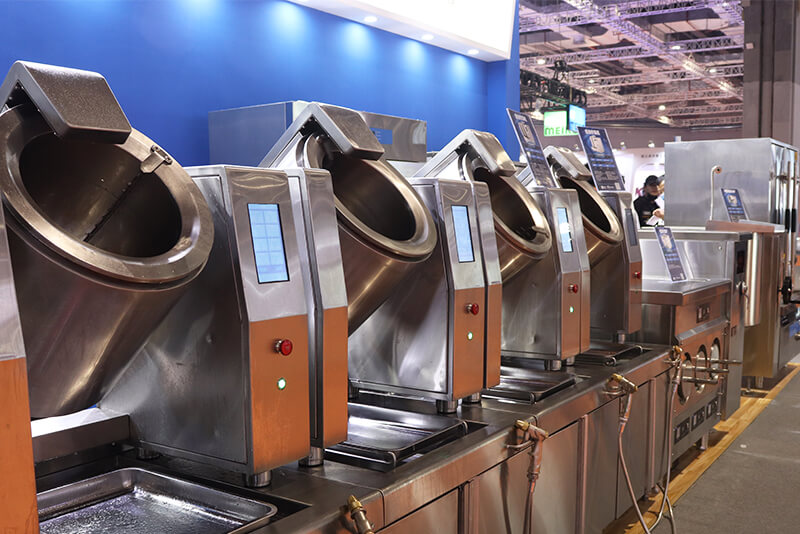
이 게시물에는 0 댓글이 있습니다.